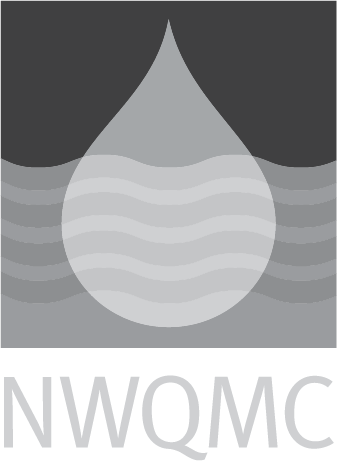USGS-NWQL: O-2080-08: Pharmaceuticals in Water by SPE and HPLC-MS
|
Official Method Name
|
Determination of Human-Health Pharmaceuticals in Filtered Water by Chemically Modified Styrene-Divinylbenzene Resin-Based SPE and HPLC-MS |
|---|---|
|
Current Revision
| 2008 |
|
Media
|
WATER |
|
Instrumentation
|
Liquid Chromatography-Mass Spectrometery (also High Performance LC-MS; HPLC-MS) |
|
Method Subcategory
|
Organic |
|
Method Source
|
|
|
Citation
|
Furlong, Edward T., Werner, Stephen L., Anderson, Bruce D., and Cahill, Jeffery D., in production, Methods of Analysis by the U.S. Geological Survey National Water Quality Laboratory-Determination of human-health pharmaceuticals in filtered water by chemically modified styrene-divinylbenzene resin-based solid-phase extraction and high-performance liquid chromatography/mass spectrometry: U.S. Geological Survey Techniques and Methods, book 5, chap. |
|
Brief Method Summary
|
One-liter water samples are filtered using a 0.7-micrometer nominal pore size glass fiber filter to remove suspended solids. The filtered samples are then passed through a chemically modified styrene-divinylbenzene resin-based solid-phase extraction (SPE) cartridge for analyte isolation and concentration. Analyte detection and quantitation is determined using a high performance liquid chromatography/mass spectrometry (HPLC/MS) system to separate the pharmaceuticals of interest from each other and co-extracted material. Immediately following separation, the pharmaceuticals are ionized by electrospray ionization operated in the positive ion mode, and the positive ions produced are detected, identified, and quantified using a quadrupole mass spectrometer. |
|
Scope and Application
|
This method was developed for the determination of low-level concentrations of pharmaceuticals and personal-care products in common use by humans in a broad range of filtered water types. A broad selection of pharmaceuticals were initially tested for this method, reflecting several factors: annual total prescriptions in the United States, typical active ingredient doses, likely persistence through human metabolism, and, after excretion, persistence through common wastewater-treatment processes. Acceptable performance during extraction, isolation and analysis determined which pharmaceuticals were included in the approved method. This method identifies and quantifies 14 commonly-used human pharmaceuticals; the concentrations of 11 pharmaceuticals are reported without qualification and the concentrations of three pharmaceuticals are reported as qualified estimates. |
|
Applicable Concentration Range
|
0.005 to 1.0 ug/L |
|
Interferences
|
|
|
Quality Control Requirements
|
After initial development, the method was applied to a more than 1,800 surface-water, ground-water, and wastewater samples during the period 2002-2005, and documented in a number of published USGS studies. This research application of the method provided the opportunity to collect a large data set of ambient environmental concentrations and also permitted the collection of an extensive set of field matrix spike, laboratory reagent blank, and laboratory reagent spike quality-control (QC) samples. |
|
Sample Handling
|
|
|
Maximum Holding Time
|
|
|
Relative Cost
|
$201 to $400 |
|
Sample Preparation Methods
|




